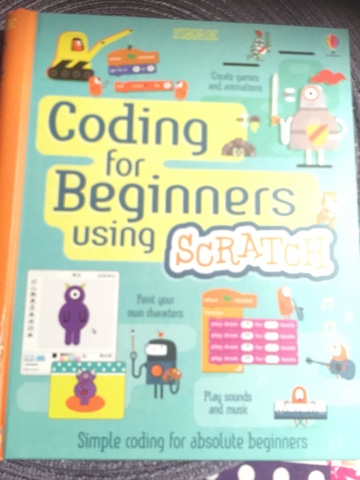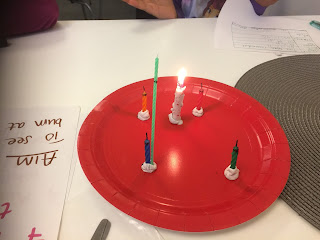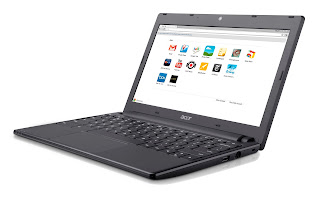Aim: The Aim of the experiment is to see if the colour effects the burning rate of a candle Equipment: 4 different colours of candles ( the same length and make), putty or blue/white-tac, Matches, ruler, scissors, black marker, Matches, Notebook, plate to place the candles on, stop watch Method 1. Create a table that will record the colour of the candle and the time taken to for the wick to burn to the black marker. 2. Using your scissors, cut the wicks of each candle so that they are identical in length. Use your ruler to verify that every candle wick is of equal length. 3. Use your ruler to measure one inch down from the top of the candle. Next use your marker and draw a line. You should now have 4 candles with equal wicks and all with lines one inch from the top. 4. Place some white-tac on the plate. You'll be using this surface to hold your candles still, so make sure it's thick and can support the candle. 5. Gently push each candle into the clay


